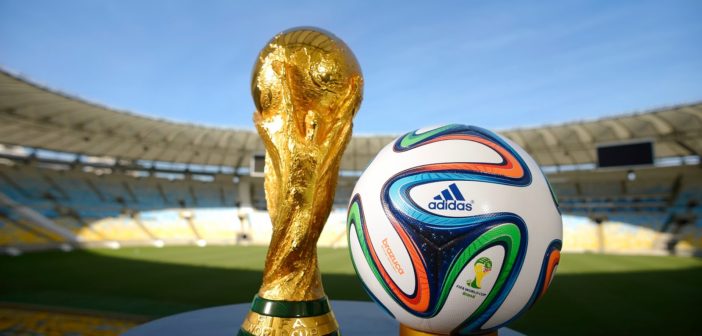Russian telco MTS, alongside Ericsson, have released the preliminary results of their ultra-fast broadband deployment at multiple stadiums and locations in Russia for the World Cup.
Measurements made during the tournament show that the roll out of Massive MIMO enabled up to five-fold increases in data throughput in uplink, allowing fans to broadcast high quality video from smartphones during matches.
In addition, data downloading speed and spectrum efficiency doubled, and network capacity went up more than four-fold, according to MTS.
This year’s tournament registered a 30% increase in traffic from social platforms as fans posted more content on social networks than in the 2014 games. In another shift in fan behaviour, video streaming has dominated and led to traffic soaring by 2.5 times (compared to an average day on the MTS network). In contrast, the 2014 competition was a ‘selfie’ event with smartphone users sharing selfies and 60% of spectators downloading photos.
Paolo Pescatore, tech, media and telco analyst, commented: “This underlines fans insatiable desire to share experiences with friends and relatives.”
However, Pescatore added: “Not enough is being done to improve connectivity at stadiums and key events. This is one of the many challenges that people face when attending a sporting event or a gig. Much more can be done to ensure users have connectivity. The industry is spoilt for network technologies but making them commercially viable represents another hurdle.”
Prior to the competition, MTS deployed Massive MIMO with Ericsson Radio System AIR 6468. The technology was introduced in the LTE-TDD 2600 MHz band (B38) at more than 40 sites in seven out of the 11 tournament cities, including Moscow, Saint Petersburg, Kazan, Rostov-on-Don, Niznny Novgorod, Yekaterinburg and Samara. This increased network capacity around the stadiums, at railway stations, at airports, in fan zones, and recreation areas.
In addition, MTS built a telecommunications infrastructure in Luzhniki in Moscow and Rostov Arena in Rostov-on-Don, and gave other telecom operators access. MTS also carried out large-scale works aimed to build and expand the capacity of the network at all other stadiums where matches were held.
Andrei Ushatsky, VP for technology and IT, MTS, said: “The extensive preparation of our network and the introduction of Ericsson’s 5G solutions for the football tournament have clearly paid off, allowing MTS to successfully handle the overload and provide high quality communication services to tens of thousands of our subscribers. High speed mobile internet makes football fans more engaged as they can instantly share the most spectacular and exciting moments with others. Indeed, we found that during some matches uplink exceeded downlink, clearly showing that our customers preferred uploading photos and videos on social networks, streaming games and sharing content in messengers than watching video or surfing the internet.”
Ericsson predicts that data traffic in the 2022 competition will be driven by virtual and augmented reality technologies.
Arun Bansal, senior VP and head of Europe and Latin America, Ericsson, added: “5G will provide operators with opportunities to create new services, enabling subscribers to not just watch games, but also see them through the participants’ eyes. By 2020, games will bring fans even more vivid emotions because of 5G development, which will provide ultra-high data speed rates and low latency, and a spread of wearables, virtual reality and tactile feedback. We believe that by 2020, 5G networks and wearables evolution will bring customized services. Fans will be able to track favourite athletes in real time via wearables on data such as: physical conditions, statistics of their success and failures from game to game, and even watch a match though the players’ eyes.”
Ericsson AIR 6468 is the industry’s first New Radio (NR)-capable radio designed for compatibility with the 5G New Radio standard while also supporting LTE. It features 64 transmit and 64 receive antennas enabling it to support our 5G plug-ins for both Massive MIMO and Multi-User MIMO.





